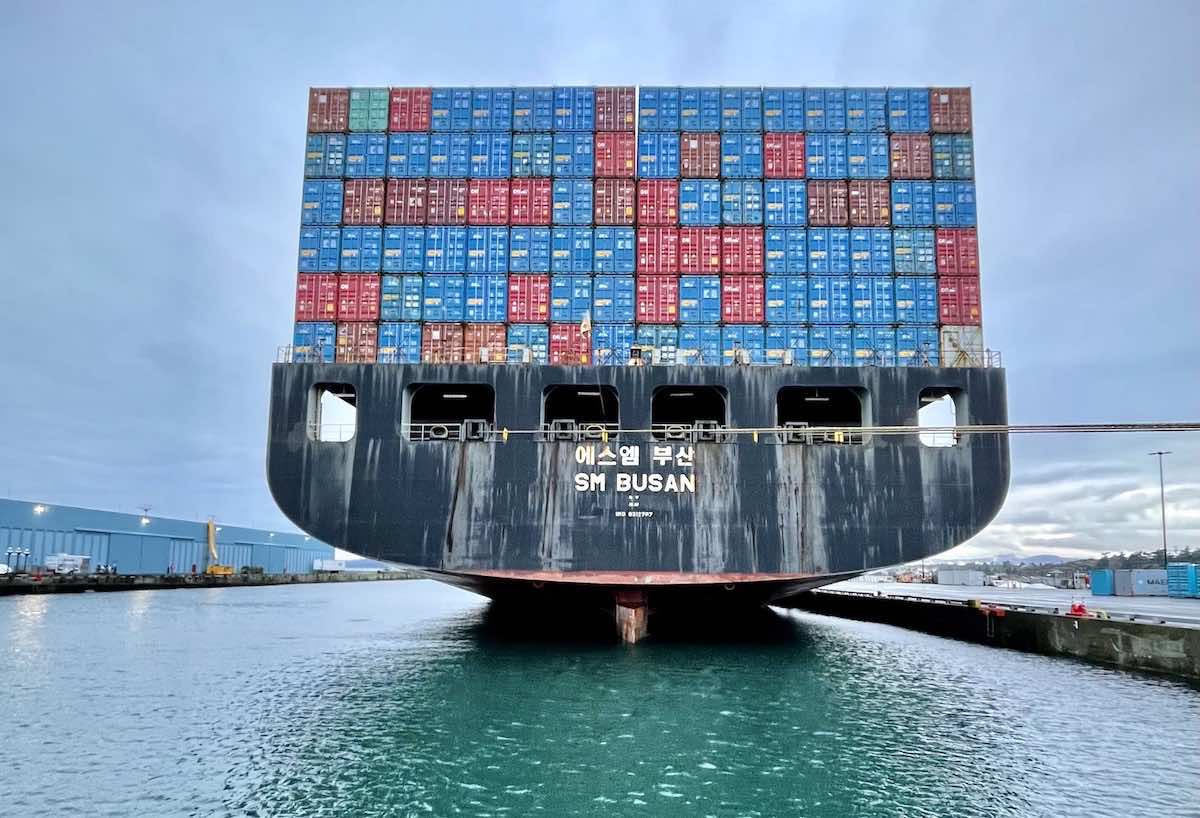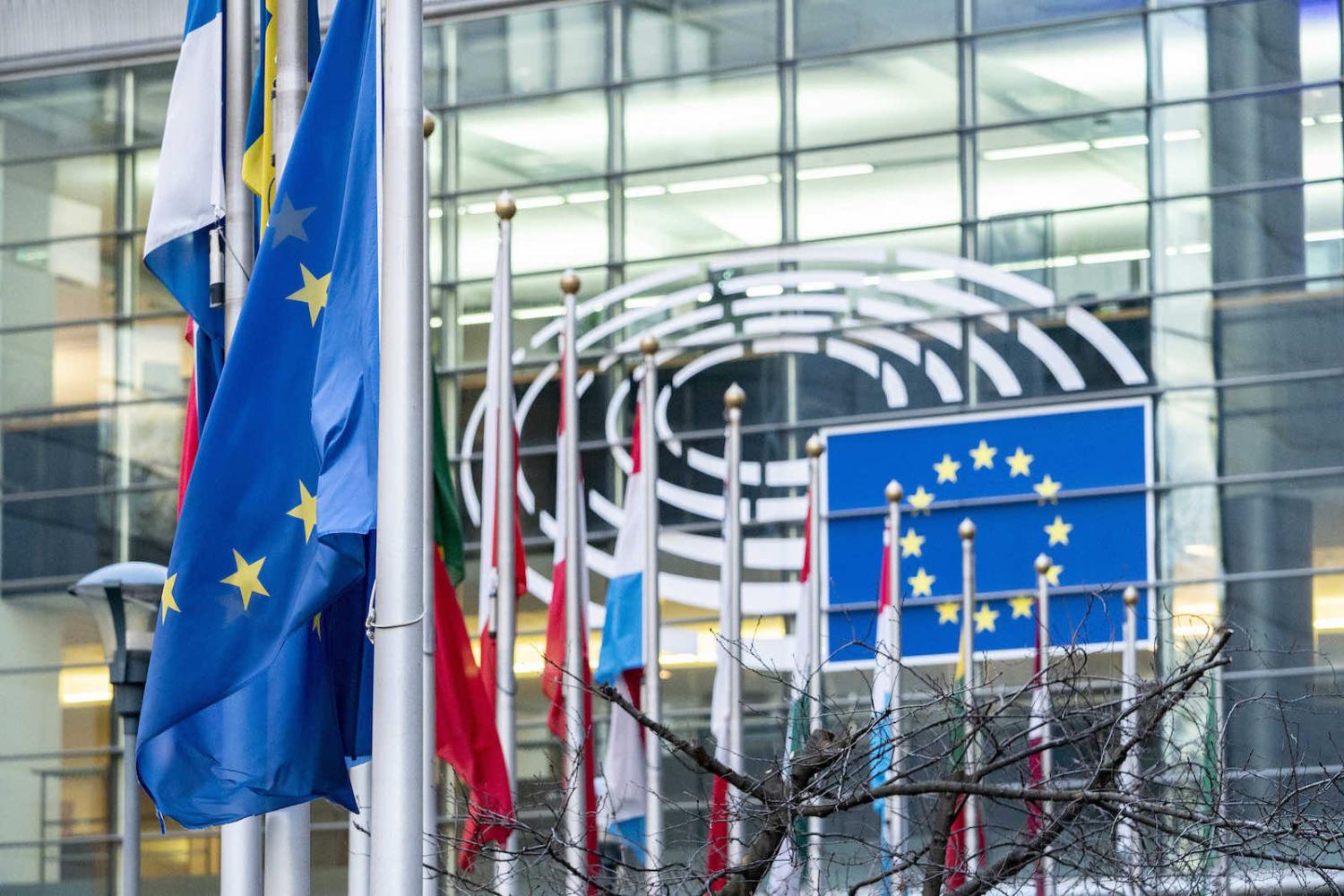On 16 September 2021 China lodged an application to join the Comprehensive and Progressive Agreement for Trans-Pacific Partnership (CPTPP). This immediately kicked-off a debate among trade watchers on the merits, as well as the benefits and risks of China joining the trade pact. In addition, the context included the irony that China might join the CPTPP before the pact’s chief architect, the United States.
The United States had originally devised the CPTPP’s predecessor, the Trans-Pacific Partnership, as a regional counter-balance to China’s state capitalism. The goal was to devise an agreement with vast economic weight – almost 40 per cent of global GDP with the United States included – and trans-regional geographic spread. Most crucially of all, the agreement would lock-in a liberal trading system in the Indo-Pacific.
However, with Donald Trump’s rise came the near downfall of this aim, after he pulled the United States out of the negotiations in 2018. While the remaining members, led by Japan, ultimately salvaged the agreement, renamed as the CPTTP, its final economic size was much diminished, representing just 14 per cent of global GDP.
More importantly, with Washington out, the CPTPP is missing a suitably large liberal market economy anchor, one that can hold ground against any future China accession. Trade negotiations are highly strategic situations in which nation’s seek to secure comparative advantages by shaping the rules of the game in ways that best suit their economy. Thus a China accession would likely result in attempts at watering down rules, or gaining exemptions for Beijing’s own economic model and preferences.
It is not a foregone conclusion that China would secure extensive alterations to and/or exemptions from CPTPP rules from the existing members during such an accession. Nevertheless, the hard reality is that China’s nominal GDP is significantly greater than the combined GDP of the current 11 CPTPP members. Furthermore, its economy is at the centre of regional value chains and trade flows, ensuring Beijing would have strong leverage for negotiating conditions favourable to its state-capitalist model of trade as part of accession talks.
If the promise of the CPTPP to secure 21st century liberal-orientated rules is at risk, what can be done about it?
In our recent Lowy Institute policy brief we argue that the European Union should throw its hat into the CPTPP accession ring. While acknowledging the many barriers facing such a proposal, the aim of our analysis is to draw out the compelling strategic rationale for making the unlikely possible.

In favour of an EU accession are the following.
First, having labelled China a “systemic rival” in 2019 the European Commission increasingly recognises that competition with China is about fundamental differences in economic models, and therefore a key aspect of contestation is about the rules of economic interaction.
Second, the European Union is the only global actor with the trade preferences and requisite economic heft to provide a similar anchoring function for market-orientated trade as was envisioned for the United States in the CPTPP.
Third, the European Union has adopted an Indo-Pacific strategy, recognising that the region is now a “region of prime strategic importance for EU interests”. Key amongst those interests is the maintenance of a rules-based liberal trading order. Joining the CPTPP would offer Brussels a tangible link between its Indo-Pacific strategy and its trade diplomacy — the domain where EU institutional agency is strongest.
The largest and most important economies now represent two fundamentally different ways of institutionalising a market economy, namely liberal-capitalist on one side and state-socialist on the other.
These are compelling strategic grounds that we argue should be taken seriously in Brussels and EU capitals. However, the case for accession is hardly as straight-cut as that. The CPTPP raises difficulties for the European Union that will offer political indigestion at the mere thought of accession. We highlight two; no doubt more are discernible.
One, the agreement’s rules were designed most prominently by the United States. The European Union sees itself as a trade leader, and prefers to be in at the ground floor of any new trade negotiation, rather than a late joiner accepting others’ rules.
Two, the CPTPP rules on digital trade are in accordance with US preferences, so that data “use” is prioritised over data “protection”. This cuts against the EU’s view of data protection as a human right, with the high levels of privacy and protection in its General Data Protection Regulation (GDPR) a consequence of this approach.
These obstacles are not to be underestimated. That said, we argue that in an increasingly contested geoeconomic world the strategic, political and economic long-term gains of securing a liberal rules-based trading system should shift EU thinking in favour of accession.
For Canberra, which regularly expresses a commitment to international rule-making that align with its norms and values, promoting the EU’s membership of CPTPP would further that goal. It would also considerably enhance ties with a strategic and like-minded partner at a time of post-AUKUS strain.
A bigger picture should also be kept front and centre in CPTPP accession thinking. The “globalisation” hope of systemic convergence has been dashed. Instead a condition of “systemic rivalry” exists, whereby the largest and most important economies now represent two fundamentally different ways of institutionalising a market economy, namely liberal-capitalist on one side and state-socialist on the other.
Competing economic systems are a vehicle for contesting the fundamental rules of economic interaction. Trade-offs in many instances will require one side contemplating giving up core political-economic governance values. In reality, such values will almost certainly be non-negotiable. In the world of systemic rivalry trade agreements pose a deeper strategic question of whose rules will rule. The CPTPP offers the European Union a critical opportunity to ground rules that it views as critical both to the national interest of its members and to upholding the values of the Union.

